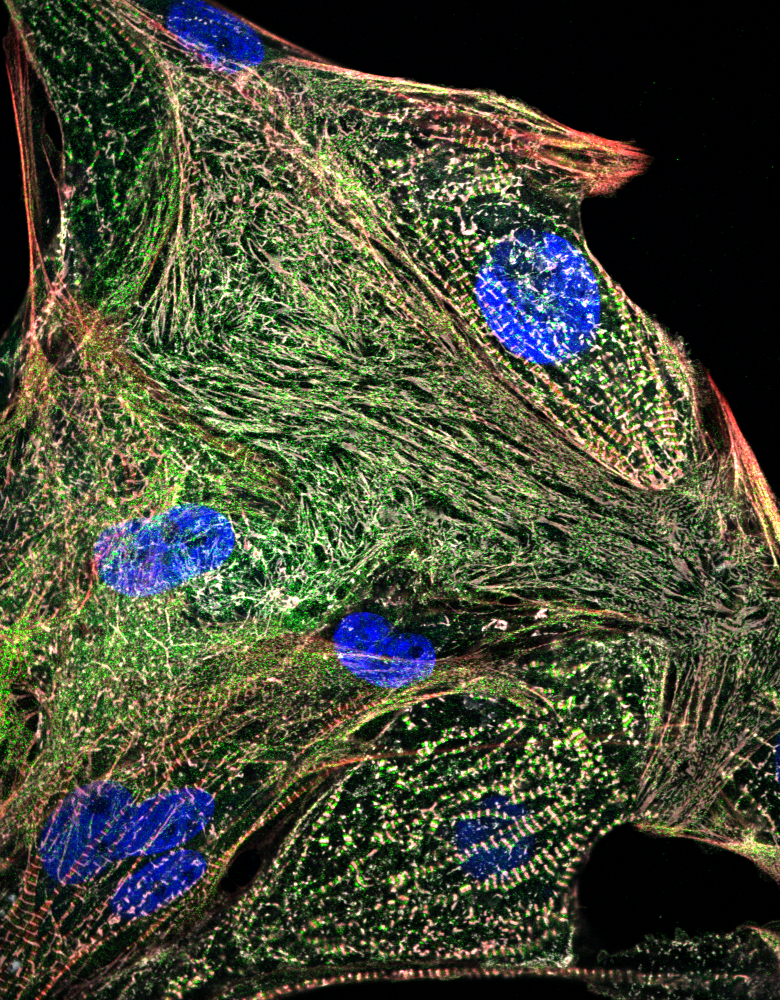Functional Characterization of Myosins in Health and Disease

PD Dr. rer. nat. Manuel Taft
Institute for Biophysical Chemistry, OE4350
Hannover Medical School
Carl-Neuberg-Straße 1
30625 Hannover
Office: I04-S0-1030
Phone: +49-511-532-8657
Fax: +49-511-532-2909
Email: taft.manuel@mh-hannover.de
Research Focus
Our group studies the molecular and cellular function of various myosins in the context of cytoskeletal and sarcomeric protein complexes. We work towards understanding basic mechanisms of motor function, regulation and disease-related alterations, as well as the characterization of small molecule effector-based manipulation of myosins. We consider physiological combinations of myosins from different classes with sarcomeric and non-sarcomeric actin and tropomyosin isoforms to unravel the functionality of these protein complexes as they occur in cells. Our biophysical, biochemical and structural approaches help us to define their properties and design principles on the molecular level to test working models and hypotheses. We transfer this knowledge to the cellular level by studying the intracellular localization, interaction and abundance of these protein complexes in model cell systems. Specifically, we are interested in the following processes:
1) The impact of tropomyosin and actin isoforms on nonsarcomeric myosin mechanochemical transduction pathways and cellular localization, 2) The activation and stabilization of β-cardiac myosin and myosins from other classes by synthetic and physiological small molecules and 3) The role of class-18 myosins in the organization of actin structures in muscle and non-muscle cells.